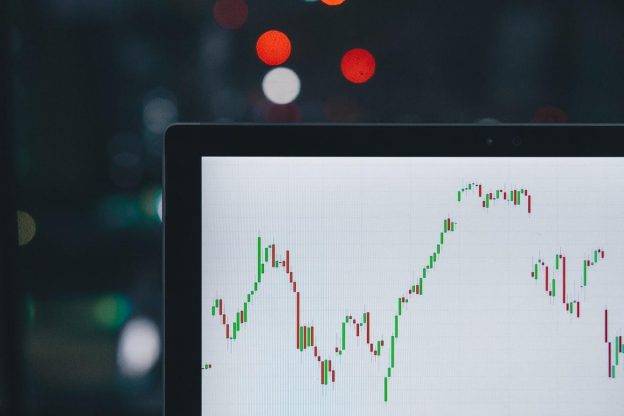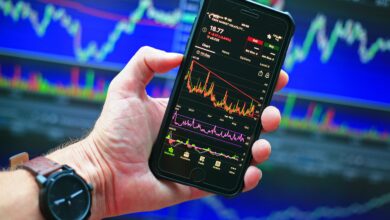A Student Guide to Micro vs Macro Economics

Economics is the social science that studies how we produce, distribute, and consume products and services. It focuses on how economic agents behave and interact, as well as how economies function. A given economy is the product of a process that includes, among other things, technical evolution, history, and social organization, as well as natural resource endowment. It is also a study on how to allocate scarce resources among competing ones, in the best way possible.
Within the science of economics, microeconomics and macroeconomics are the two fields of study. In this guide, we will cover general information for both of them, however, if you want to delve deeper, it is recommended that you get economics homework help online. Having professional tutors help you understand the matter can be the turning point in your future economics career.
Microeconomics
Microeconomics is the branch of economics that studies the behaviors of individual businesses,
modern households, and companies, and the way they make decisions to allocate resources. It seeks to examine patterns that affect the demand and supply of goods and services.
Demand and supply are the fundamental concepts of microeconomics, this is because businesses select what, how, and how much to produce, and households decide what and how much to consume.
Demand is defined as a customer’s willingness to buy a product at a specific price. According to the studies, the higher the price, the lower the demand, and the lower the price, the higher the demand. It is the economic phenomenon that indicates whether households are willing and are able to buy different amounts of goods at different prices.
Income, taste and preference, price of connected goods and services, consumer expectations of future price and income, and finally the number of potential consumers are all elements that influence demand.
On the other hand, supply refers to the willingness of all firms to manufacture varied quantities of goods at particular prices. The law of supply states that as the price rises, so does the supply, and as the price falls, so does the supply.
Firms generate goods based on the market price for the goods that they can obtain. Varied products are produced and supplied by the firms at different market pricing. The market supply is defined as the aggregate quantity of a good that all the firms that produce it will make available at all possible prices.
By supply and demand, the allocation of economic activity is determined, in order to achieve market equilibrium or the point where demand and supply are equal.
Macroeconomics
Macroeconomics is the branch of economics that studies how an overall economy operates and behaves on a larger scale. It examines how the economy as a whole operates and then analyzes how different sectors of the economy interact to determine how the aggregate functions. The main concerns are phenomena such as inflation, price levels, rate of economic growth, national income, gross domestic product or GDP, as well as changes in unemployment.
Given the massive size of government budgets and the impact of economic policy on households and companies, macroeconomics certainly concerns itself with significant issues.
Economic theories, when properly applied, can provide valuable insights into how economies work and the long-term ramification of certain policies and actions.
In addition, macroeconomic theory can help individual firms and investors make better decisions through a more thorough understanding of the effects of broad economic trends and policies on their own industries.
However, there is a minor drawback to the study of macroeconomics, as it is mostly theoretical and lacks certain real-world details, such as taxation, regulation, and transaction costs. The real world is a lot more intricate, with issues like social preference and conscience that are difficult to analyze mathematically.
Nevertheless, even with the limitations of economic theory, monitoring main macroeconomic indicators such as GDP or inflation is vital and most desirable. The economic conditions in which companies operate have a considerable impact on their performance, and the study of macroeconomic statistics can assist an investor in making better decisions and spotting turning moments.

Final thoughts
The key takeaways from this guide are to understand that the branch of microeconomics studies individuals and business decisions, and focuses on supply, demand, and other factors that determine the price levels. On the other hand, macroeconomics adopts a top-down perspective, examining the economy as a whole and attempting to predict its trajectory and nature.
Microeconomics is a tool that investors can use to make decisions, whereas macroeconomics is an analytical instrument that is primarily used to formulate economic and fiscal policy.
However, this is only a guide with the most basic information about these branches from economics. If a person considers learning this discipline, they should consider an online course at the minimum.





